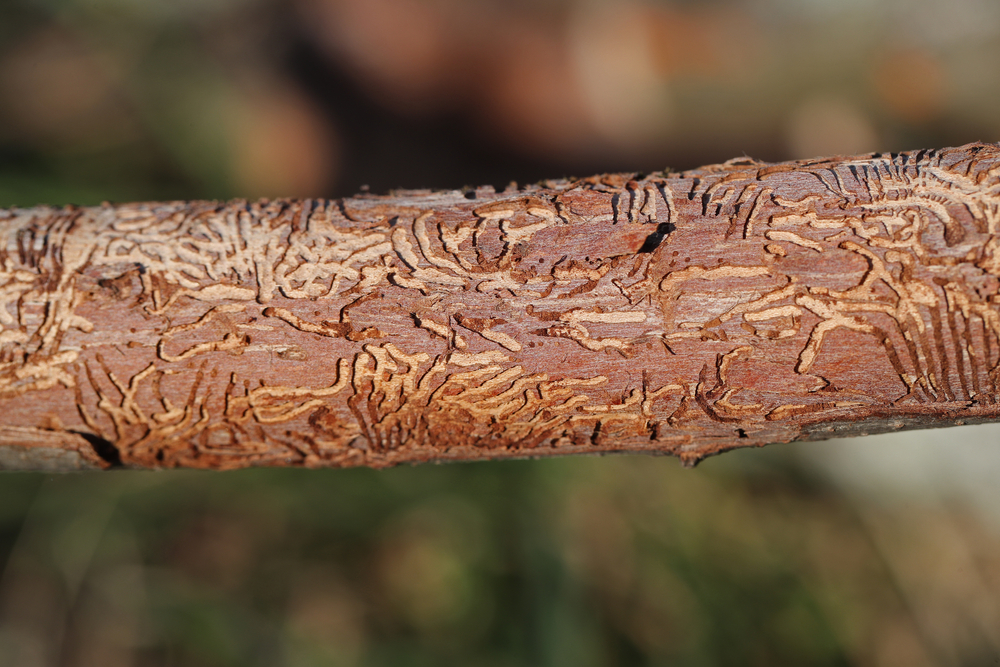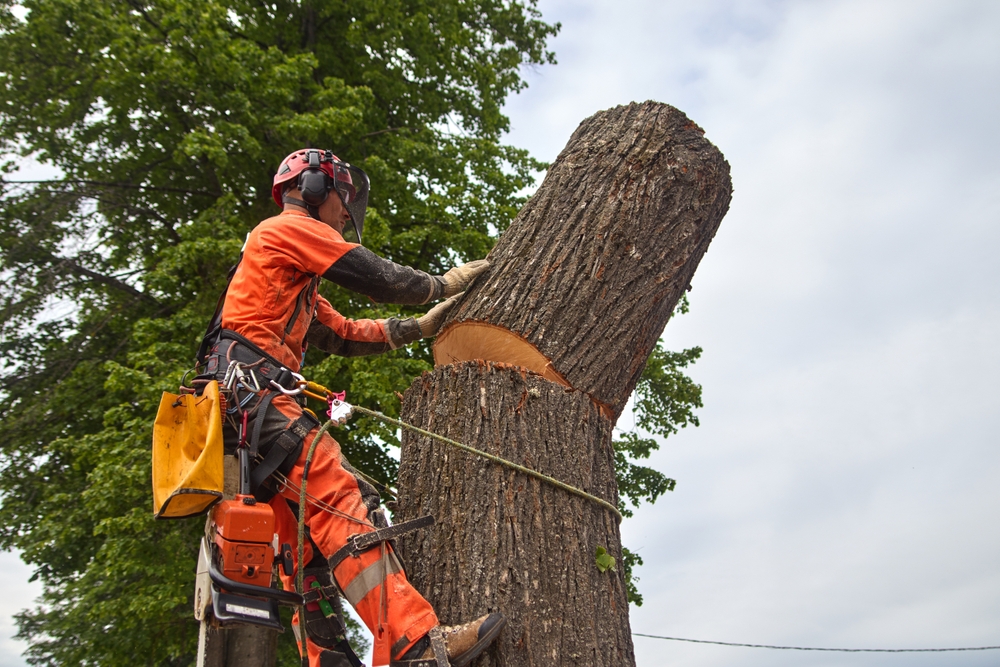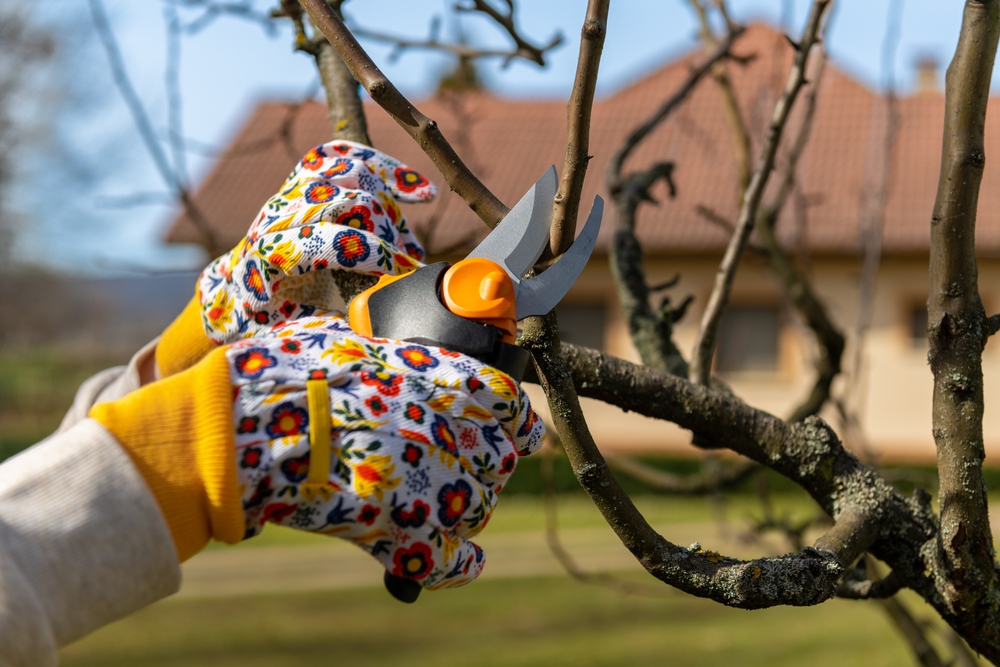American elm trees are native to North America, and they can grow to magnificent heights and live for centuries. Unfortunately, they’re susceptible to a devastating disease known as Dutch elm disease, or DED, that can quickly spread and devastate large areas where healthy elms grow. So, what is Dutch elm disease, and how can you prevent it from spreading to your health Denver trees? Our arborists at American Arbor Care are committed to keeping our Colorado elms healthy and strong.
What is Dutch Elm Disease?
Dutch elm disease is caused by a fungus that is spread by elm bark beetles. These tiny pests carry the spores of a fungal pathogen called Ophiostoma novo-ulmi. When an elm bark beetle burrows tunnels through the bark of an American elm tree, it leaves spores behind which quickly infect the tree. DED can infect all species of elms that are native to North America, but American elms are the most susceptible to the fungus. Once a tree has been infected, it quickly deteriorates and dies within three years.
A Brief History of Dutch Elm Disease in Colorado
Around 100 years ago, Denver city officials and local homeowners planted around 100,000 American elm trees throughout the city and state. In 1948, DED was first discovered in the state. Luckily, it died out and did not spread. In 1968, the disease reappeared and wreaked havoc on healthy elms in Denver, but it did not kill them all. Fortunately, Colorado did not have a case of DED for many years. This streak of luck ended in July of 2023, when the Denver City Forester confirmed DED along 17th Avenue in the South Park Hill neighborhood.
How Does Dutch Elm Disease Spread?
Dutch elm disease is a fungal disease that is spread by elm bark beetles. As the beetles fly from tree to tree, they carry spores and leave them behind on the as they burrow tunnels underneath the bark. Adult female elm bark beetles lay eggs under the bark of healthy elm trees, and when they emerge as adults, new beetles are released to infect more trees in the area. It’s a fast-spreading fungal disease that is hard to spot, and infected trees must be treated preventatively in order to be saved.
What Are the Symptoms of Dutch Elm Disease?
Symptoms of DED include:
- Discolored leaves
- Wilting leaves and branches
- Upper canopy leaves that begin to die and turn brown
- Fallen leaves in the spring and summer
- Brown streaking along the sapwood (located underneath the bark of infected branches)
As the disease progresses, branches will begin to die and the tree will quickly decline. An untreated tree with DED will die within two to three years of infection. If you suspect that your tree has been infected, it’s crucial to have an arborist check it out as soon as possible.
How to Save Your Elm Trees from Dutch Elm Disease
There is no cure for DED, but there are preventative treatments to keep it away, and successful treatments to keep the infection at bay. When an elm tree is diagnosed with DED, infected branches must be removed and disposed of properly. This will slow the spread of the disease throughout the rest of the tree and to nearby elm trees.
At American Arbor Care, we offer preventative trunk injections for healthy elm trees that will effectively prevent the spread of DED. This is the best and most effective treatment option to keep your elm trees from falling prey to DED. If you’d like to know more about DED and you’d like to have your elm trees treated for the disease, we’re happy to help. Contact American Arbor Care today.



